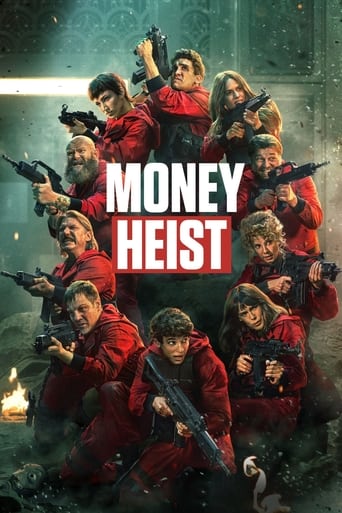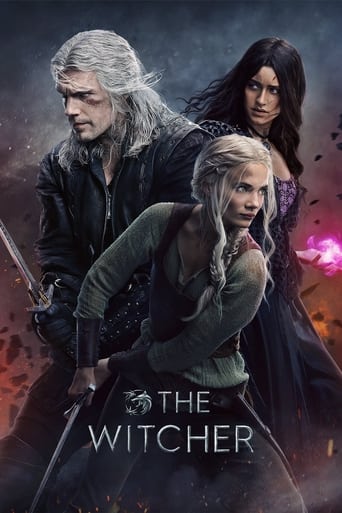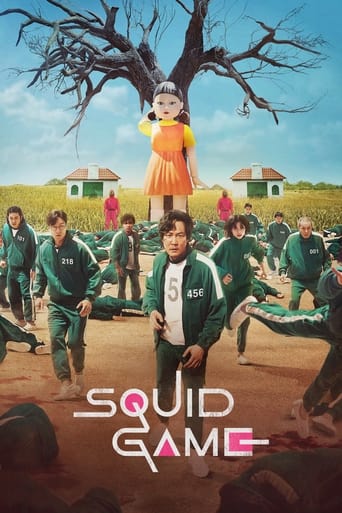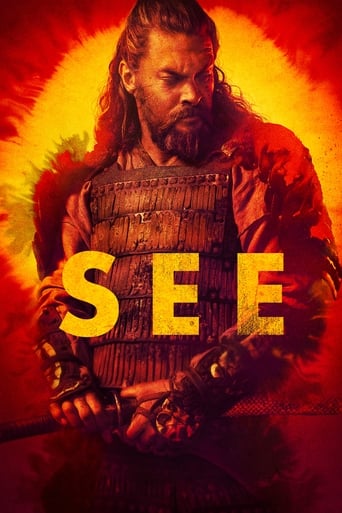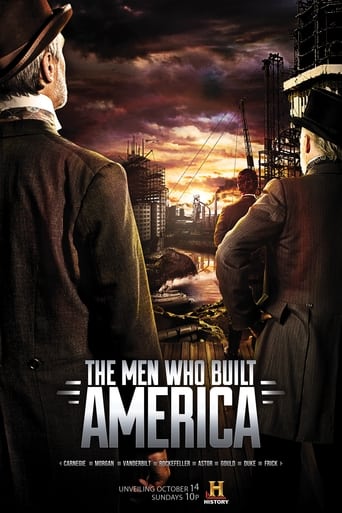
Cornelius Vanderbilt, John D. Rockefeller, Andrew Carnegie, J.P. Morgan, Henry ford – their names are synonymous with innovation, big business and the American Dream. These leaders sparked incredible advances in technology while struggling to consolidate their industries and rise to the top of the business world. The Men Who Built AmericaTM chronicles the connections between these iconic businessmen and explores the way they shaped the country, transforming the U.S. into a global superpower in just 50 years.
Seasons & Episode
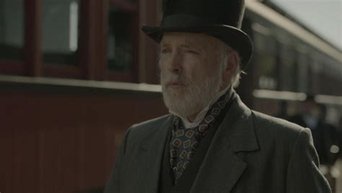
As the nation attempts to rebuild following the destruction of the Civil War, Cornelius Vanderbilt is the first to see the need for unity to regain America’s stature in the world. Vanderbilt makes his mark in shipping and then the railroad industry. Railroads stitch together the nation, stimulating the economy by making it easier to move goods across the country. But Vanderbilt faces intense competition early on, showing that captains of industry will always be chal- lenged by new innovators and mavericks.
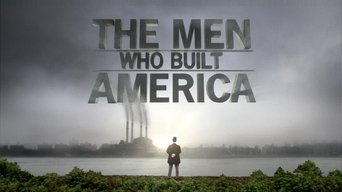
Vanderbilt expands his enterprises, realizing that oil is the nation’s next crucial commodity. The demand for oil is high and Vanderbilt knows that it will be an important item for his trains to transport. He turns to a young oilman from California named John D. Rockefeller to make a deal that will work for both businessmen, but rivalries emerge between them. Rockefeller’s Standard Oil has become one of the nation’s first monopolies. A financial panic in 1873 shows that the American economy is on shaky ground even as it expands.

Andrew Carnegie is an immigrant from Scotland who arrives in the u.S. with his parents and starts working at age 12. He finds a patron in railroad executive Tom Scott who teaches him about the business. Scott hires him to build a bridge over the Mississippi River to link East and West. Carnegie agrees even though the project carries risk. He finds his answer in steel.
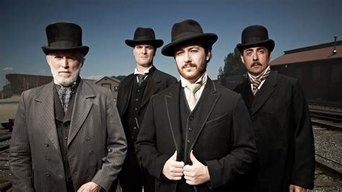
Carnegie hires Henry frick to help him achieve his goal of dominating the steel industry and besting Rockefeller. The partnership seems promising, but frick is pushing workers to a breaking point. Meanwhile, the Johnstown flood of 1889 leaves 2,000 people dead, and Carnegie’s South fork fishing & Hunting Club faces blame. Worker unrest culminates in a massive strike at the Homestead Steel plant in 1892. Violence ensues when frick calls in the Pinkerton security agency. The strike is a major turning point in American labor history, showing how workers would fight for fair wages and conditions when faced with injustice. Carnegie is determined to make up for these scars on his reputation.

While Carnegie and Rockefeller continue to battle, J.P. Morgan arrives on the scene and establishes a bank in New York City that has one goal: to further the technological advancements of America through finance. As he builds his empire and consolidates industries, Morgan decides to take a big risk. He enlists inventor Thomas Edison to help bring electricity to every home and business in the country. Rockefeller continues to expand his Standard Oil Company and aims to keep kero- sene as the dominant resource powering electricity. Regard- less of these competitive dynamics, American infrastructure is growing and cities are on the rise.
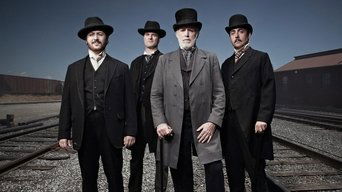
With an investment from Morgan, the Edison Electric Company is created and begins wiring homes in New York. A rival, Nikola Tesla, soon emerges with a different technology for electric light. A battle between Alternating Current (AC) and Direct Current (DC) power ensues. Morgan eventually buys out Edison and forms General Electric which adopts AC power, setting the stage for the next several decades of electric power. Meanwhile, there is increasing unrest among American workers as the gap between the rich and the poor grows.

Vanderbilt, Rockefeller, Carnegie and Morgan have gone unmonitored for decades, but American politicians are about to change that. They want to guard against monopolies and an unbalanced use of power. The men, some lifelong enemies, come together with a play to gain influence with the White House. Their candidate, William McKinley, wins the White House and passes legislation favorable to big business. Morgan and Carnegie create u.S. Steel, the first billion-dollar company in the u.S. while Rockefeller takes control of 90 percent of North American oil.

After McKinley is assassinated, Theodore Roosevelt becomes president and quickly passes a series of regulations increasing oversight of American business. Henry ford devises the plan for a gas-powered car, and he launches the assembly line as an innovative method of production. He targets the middle class with his Model T and changes the landscape of America.
Similar titles
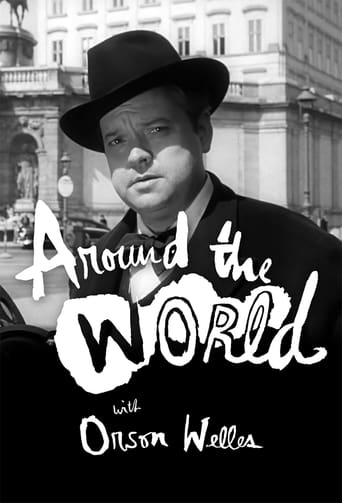
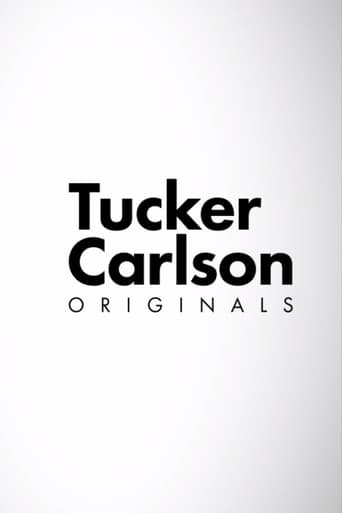

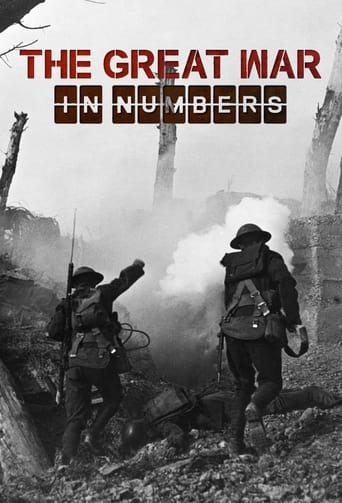

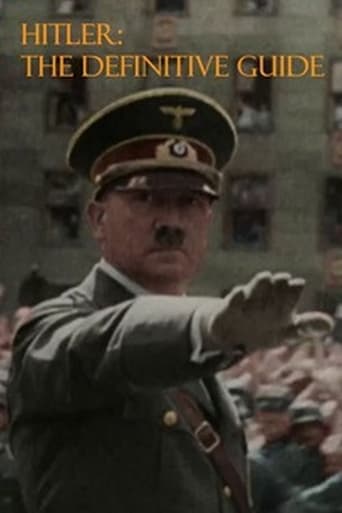
You May Also Like
Top Streaming TV Show


